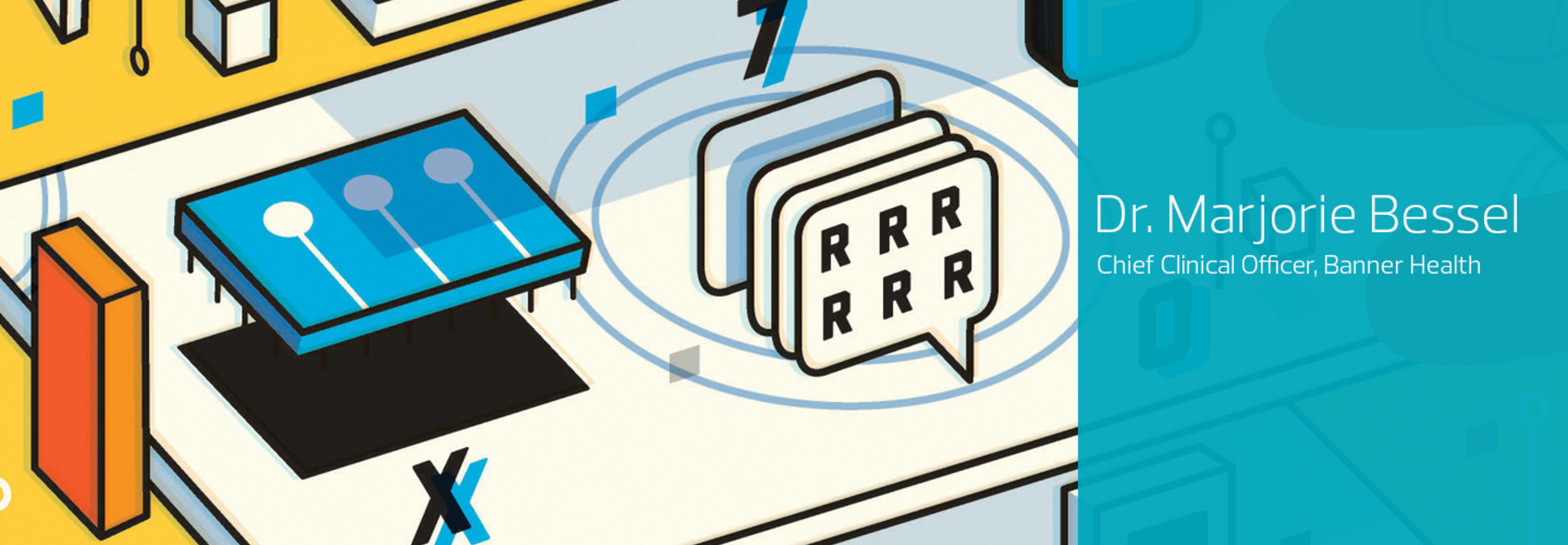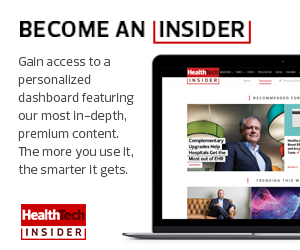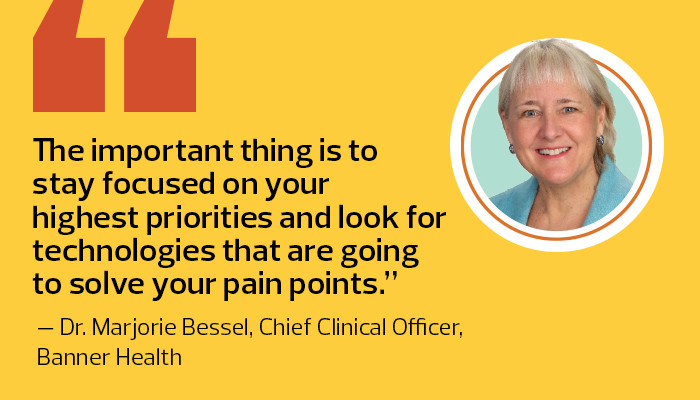HEALTHTECH: What is the CMO’s role in addressing technological changes in the industry?
BESSEL: Our role is to make sure that the focus on safety and quality continues, even with all the technological changes. For example, we used to spend a lot of time talking about legible handwriting because that led to fewer medication errors. Now we have electronic health records, which have allowed us to put in a lot of automated alerts.
Although well intentioned, if you don’t constantly re-evaluate your alerts, you actually can create an environment with a different type of medication error caused by alert fatigue. So the CMO must be aware of the technologies that we put into place, the vulnerability of the care pathways that emerge from those implementations and make sure that we’re constantly assessing, reassessing and tweaking so that we continue to improve the safety of the environment in which we provide care.
HEALTHTECH: How do you collaborate with different stakeholders to shape purchases and policies?
BESSEL: We have a number of multidisciplinary forums where we assess technology opportunities so that we make good decisions about what we should do, how we should do it, how we spend our capital dollars in the best possible way, but then also the after-monitoring, making sure that once we’ve made a decision that we are getting the intended impacts.
READ MORE: How to plan for long-term network initiatives.
HEALTHTECH: How do you meet the demands of a tech-savvy patient population?
BESSEL: The important thing is to stay focused on your highest priorities and look for technologies that are going to solve your pain points. Otherwise, I think it’s incredibly difficult to constantly scan the landscape for everything that’s out there and try to stay on top of it.












